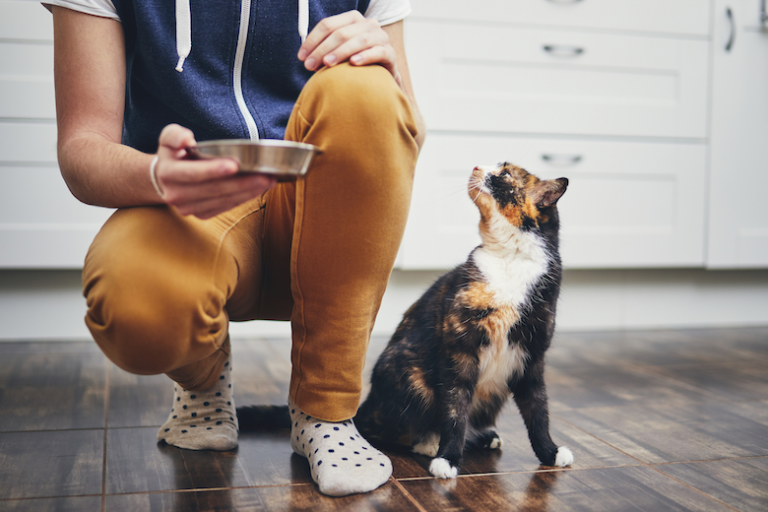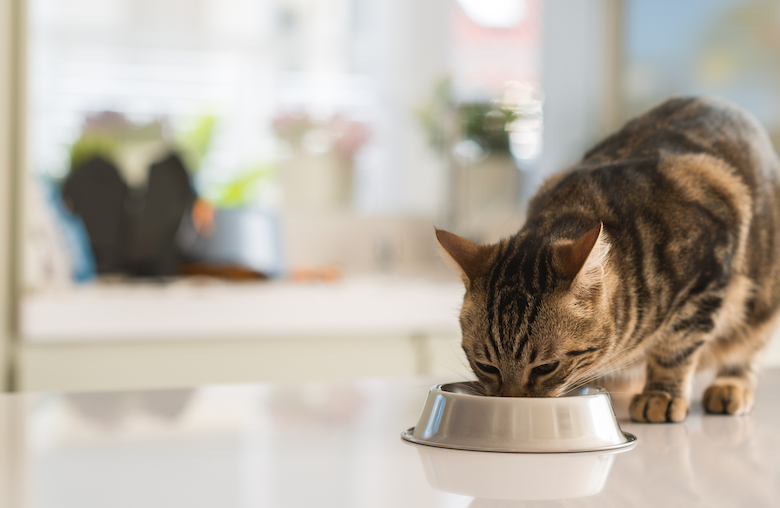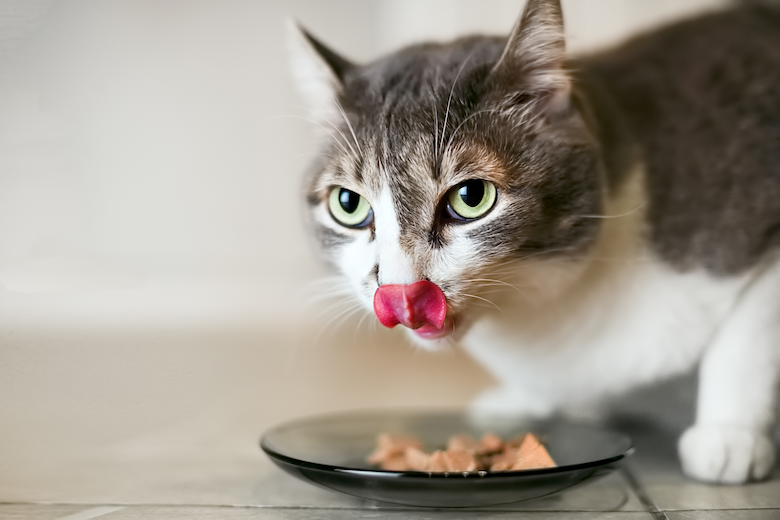
Cats, at least in a stereotypical way, like to live their lives on their own terms. Unlike dogs who live to please, Kitty will probably tell you that you're doing a lousy job petting her or that your new shaggy rug is not nearly as beautiful as the one you had plush.
This is partly a common phenomenon on the Internet, but when it comes to food, cats tend to be much more picky about what they eat, which can make it difficult to change.
"Cats are more demanding when it comes to palatability, texture and flavor," says Dr. Angie Kraus of I and love and you.
But according to Dr. Kraus, wet food is better for cats than dry food.
"Cats are carnivores," she says. "When we give them kibble, we give them a lot of carbohydrates. To make a kibble, you have to make it crunchy, which requires a kind of carbohydrate like... rice.
A high carbohydrate diet can lead to obesity, dental and gastrointestinal problems and pancreatitis. Even though Kitty loves her kibble, Dr. Kraus thinks it's worth switching a cat from dry to wet food. She gives advice on how even the most special kitten can adapt to this change.

Go slow
Dr. Kraus advises not to try to take cover by handing out dry food one day and wet food the next. "Cats will certainly win in a game of hunger," she says. "If you don't feed a cat for 72 hours, it can have fairly serious problems like liver disease that is not reversible and can even be life-threatening. Instead, try giving her some wet food to see if the cat is interested. "If not, I will mix it with what he already likes so that he slowly gets used to it. Every two days, decrease the amount of dry food and increase the amount of wet food. Patience is a virtue. According to Dr. Kraus, some cats can switch from dry to wet food in a week. "For cats that are not so easy to live with, it may take a few months," she warns.
Get creative
If Kitty doesn't adopt her new diet, you may need to try a few things. Remember that cats have their idiocracies. "Some cats have very specific temperature preferences," says Dr. Kraus. "People who try to switch their cat from kibble to wet food may find that they like their food to be slightly warm or with a little water." Sometimes presentation can be critical. "They don't like the bowl. They don't want their whiskers to touch the bowl, or they want a plate, but they don't want that plate to be plastic," says Dr. Kraus, even the location of the bowl or plate and the time you put it out can affect whether Kitty takes the food or leaves it. Play with it.
Related: Making Mealtime Fun for Cats
Sometimes combo-feeding is a good compromise. "If there can be wet food, it's better, and many people have to resort to combo-feeding because their cats refuse to eat only wet food, and some cats will only eat dry food once they get used to dry food," explains Dr. Kraus.

How about switching from wet cat food to dry food?
Although Dr. Kraus says that wet food is the best, sometimes people want to do the opposite and switch to dry food.
"The most practical consideration is to be able to leave [the cat on the weekend] without a pet or for economic reasons," explains Dr. Kraus. "Dry food can be much cheaper than wet food.
This transition should also be slow. Start by taking out a small kibble to see if the cat will take it. If not, mix it with wet food. Doesn't it work? "There are a lot of toys and fun food dispensers that make it interesting," says Dr. Kraus. "They can roll a ball, and it can dispense food or it can look like grass, and they have to hit it to get it out of the grass."